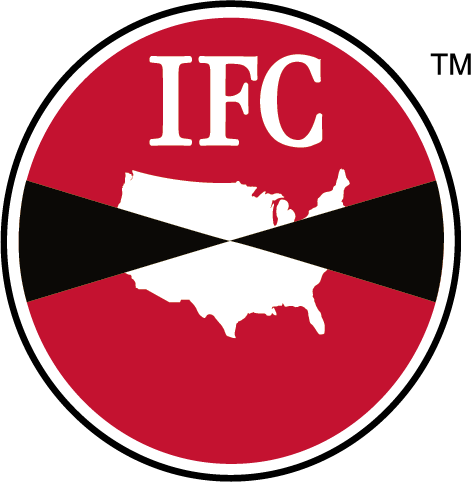When a visitor arrives at your food processing facility, they probably have to check in, and maybe even get a name tag. Unfortunately, pests don’t do the same. That’s why food processing professionals have to be incredibly vigilant—because without notice or warning, pests can make themselves at home around your facility. From there, it’s only a matter of time before they find their way inside. This can have negative consequences for your employees, your customers and your reputation, not to mention your next audit. Let’s examine some of the primary risk factors and identify steps you can take to make sure your facility is protected.
LOOK AT THE LANDSCAPING

As much as possible, the landscaping around a food processing plant should be “attractively barren.” This means keeping minimal bushes, vines or ground covers, except for a well-maintained lawn. If your campus includes bushes, they should be kept small and not allowed to become large, overgrown and attractive for bird nesting or other pest concealment. No foliage from trees or bushes should be allowed to contact the building, as this provides unintended bridges for ant entry, as well as pathways for squirrels or rodents to get on the roof. If trees must be part of the landscaping, they should not be nut- or fruit-bearing trees, as these will entice wildlife, yellowjackets, flies and other insects attracted to rotting fruit. Furthermore, consider implementing a small stone sanitation border around the facility’s perimeter, roughly three to four feet wide. Some landscaping contractors may not understand the reasoning for this, and they use larger rocks. However, larger rocks provide shelter for rodents and can even encourage burrowing. Stones about one inch in diameter will continually fall into the holes that rodents try to dig, helping to prevent them from establishing a permanent presence. You may also wish to replace bark mulch with river gravel systems, as this type of mulch tends to be attractive to rodents.
GET THE LIGHT RIGHT

When it comes to exterior lighting, positioning is key. Flies and many night-flying insects have a strong attraction to light. So when possible, place light fixtures away from doors and other openings to attract insects away from a building, while still ensuring outdoor areas are well lit. Interior light seen through doors and openings can also attract insects, so shield those light sources and keep doors closed.
Typically, insects are most attracted to light wavelengths that are invisible to the human eye in the ultraviolet (UV) range around 330-360 nanometers wavelength. Light bulbs that most closely resemble sunlight and produce UV wavelengths like incandescent, standard fluorescent and mercury vapor will attract a significant number of insects.
Bulbs can be engineered to emit wavelengths that are more attractive or less attractive. For instance, “black light” bulbs are used in insect light traps because they are specifically engineered to emit UV light and attract insects. Many of the more modern interior lights and new LED lights can be configured to varying levels of attractiveness. Check specifications and avoid facility lighting that emits UV wavelengths, unless it is in an insect trap.
MIND THE MESS

Be sure that your facility has a comprehensive waste management system in place. Keeping loose waste and other litter in proper disposal containers is crucial, as any discarded food items can be highly attractive to all kinds of pests. Outdoor waste areas are often overlooked and tend to be overrun with potential attractants. Make sure these areas are kept clean and sanitized on a regular basis, and that all waste items are kept sealed and not exposed. Also, any additional spillage—including product blowouts on rooftops and during railcar or truck dumping—can leave attractive waste materials exposed. Ensure that any outdoor product movement is properly contained and inspect the area regularly to ensure that no waste is lying around.
STOP SHELTER-SEEKERS

Pests will always seek favorable environments. For example, rodents and many insects will try to move indoors as winter weather approaches. When these pests decide to make their way inside, it’s important to have the right baits set up to stop them in their tracks. Rodents and insects traveling across an area tend to follow lines, especially wall-to-ground junctions, which is why these are ideal spots for traps. Some pests are strongly attracted to baits on their own, but more often baits need to be placed in their pathway.
When it comes to keeping pests out of your facility, the above tips can help. However, it is highly recommended that you consult with an expert who is knowledgeable in designing a pest management strategy. An Integrated Pest Management (IPM) approach will use environmentally-friendly methods to treat and help prevent pests, giving you greater peace of mind and allowing you to focus solely on running a top-notch facility.


